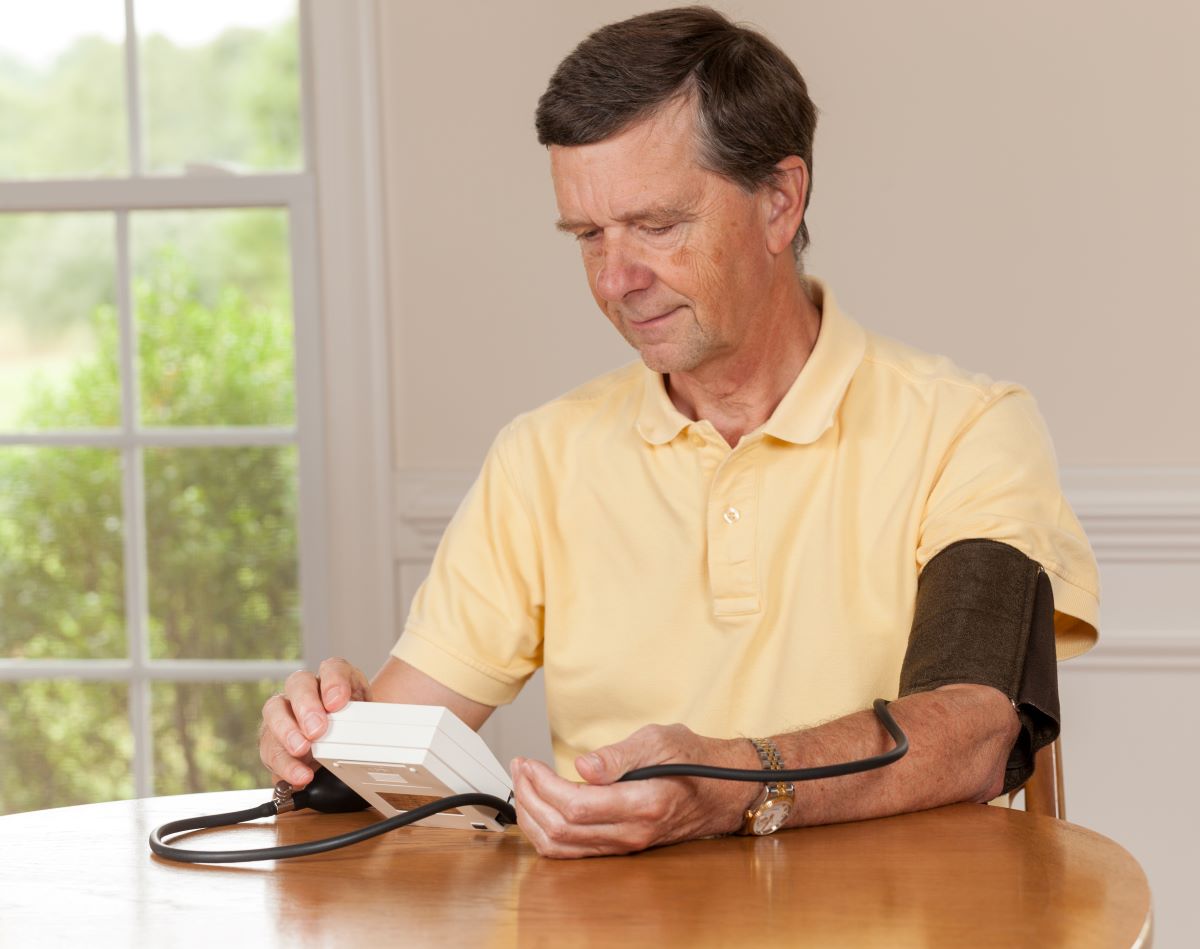The new pilot program is an innovative form of home monitoring for people with end-stage heart failure. The goal is to improve care to fit the patient’s needs. explains Ms. de Lieber, a 76-year-old participant in the program website From JBZ about the guidance she receives: “It’s good that I’m being closely monitored by all the healthcare providers around me. I have fast and good communication.” However, she also mentions that it can be confrontational: “When I communicate my values over the phone, I see my health deteriorating and that is quite confrontational.”
House measurements
The benefits of home monitoring are widely recognized and recognized in the Netherlands. More and more hospitals in the Netherlands are offering tele-guidance for patients with chronic complaints, such as cardiovascular disease, chronic obstructive pulmonary disease and inflammatory bowel disease. This results in fewer hospital visits and better patient monitoring. Recently, patients with acute heart failure at the Leiden University Center (LUMC), Marinetti and Zorgeup Katwijk can now also be treated at home, with specialized home therapy that can early recognize and treat changes in heart failure. Transferring home measurements via The Box and Home Monitoring plays an essential role in this.
Terminal heart disease patients
This pilot program in Brabant is innovative because home monitoring is provided for end-stage heart patients and because additional attention is paid to people’s well-being through the use of the concept of positive health. The monitoring process effectively involves patients in care, as they personally provide information about their health in a broad sense via a special application. This information includes different aspects of “positive health” and varies, for example, from shortness of breath and sadness to pain and anxiety.
Nurses at the JBZ monitoring center analyze this data and contact the patient if necessary. When values exceed a specified threshold, an evaluation is performed to determine which healthcare provider within the patient’s regional network can help.
Proactive home guidance
This proactive approach to home guidance provides the patient with a sense of closeness to care. It also prevents unnecessary trips to hospital and ensures deterioration is detected early. Ilona van der Loos, a community nurse and participant in the palliative advisory group, stresses the importance of this approach: “A palliative nurse can mean a lot to patients with heart failure. The disease is experienced mainly at home, and sometimes things that cannot be expected happen in the hospital. At home With patients, we calmly discuss advance care planning. Entered measurement values can be a good starting point for such a conversation.
Regional home monitoring pilot
This regional home monitoring mainly aims to find the right balance between technology and personal communication between the patient and healthcare providers. Especially in caring for people in the final stage of their lives, measured values not only serve as a potential reason for intervention, but are also a valuable starting point for conversation. This conversation helps in proactive care planning, as patients can share their wants and needs with health care providers.
This regional home watch is based on a shared ambition to enable people in the last stage of their lives as much as possible to live their lives in their own way and improve their health well-being. The focus is on the person and what makes their life meaningful.
Overall, this particular pilot program suggests that home monitoring can be a valuable addition to the care of people with end-stage heart failure. The project emphasizes how the concept of positive health can be used in a beautiful way and shows the importance of regional cooperation in the field of health care.

“Total coffee specialist. Hardcore reader. Incurable music scholar. Web guru. Freelance troublemaker. Problem solver. Travel trailblazer.”







More Stories
GALA lacks a chapter on e-health
Weird beer can taste really good.
Planets contain much more water than previously thought